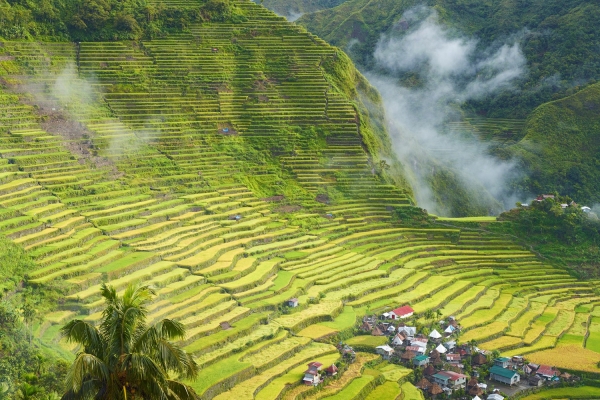Until now, measures to protect climate and biodiversity have often been developed in parallel. However, this is now considered outdated because many approaches can protect both climate and biodiversity. Targetted at the upcoming UN Biodiversity Conference, an international team of scientists has assessed the role of the potential future global biodiversity targets (Post-2020 Action Targets for 2030) for climate protection and found that about two thirds of these targets can also help to slow climate change.
When the global community is expected to meet for the second part of the UN Biodiversity Conference in Kunming, China, in autumn, it must also adopt the next generation of UN biodiversity targets. These will then replace the Aichi Targets that were aimed for until 2020 - and have hardly been achieved. 21 "Post-2020 Action Targets for 2030" have already been pre-formulated. While they still have to be finally agreed, they aim to reduce potential threats to biodiversity, improve the well-being of humans, and implement tools and solutions for the conservation of biodiversity.
In a review study for Global Change Biology, the authors assessed to which extent these 21 biodiversity targets can also slow climate change. The bottom line: 14 out of 21 (i.e. two thirds) of all targets are making a positive contribution to climate protection. "It turns out that conservation measures that halt, slow, or reverse the loss of biodiversity can greatly slow human-induced climate change at the same time", says lead author Dr. Yunne-Jai Shin of the French National Research Institute for Sustainable Development (IRD). Among others, this applies to the goal of connecting protected areas via corridors or further protected areas on at least 30% of the earth’s surface. "There is growing evidence that the creation of new protected areas and the adequate management of existing ones on land and in the sea help to mitigate climate change through capture and storage of carbon", says UFZ biodiversity researcher and co-author Prof. Josef Settele. For example, it is estimated that all terrestrial protected areas around the globe currently store 12-16% of the total global carbon stock. And, even though knowledge is still limited, deep-sea ecosystems can also contain important carbon stocks on the seabed (e.g. on remote islands, deep-sea mountains, and Arctic and Antarctic continental shelves). However, the 30% target is still far from being reached. According to current United Nations figures from 2021, the coverage of protected areas on land was 15.7%, and in the sea, 7.7%.
Read more at: Helmholtz Centre for Environmental Research - UFZ
Rice Terraces of the Philippines: The World Heritage Site with its irrigated fields owes its existence to a continuous water supply from the forests above. While methane is emitted through rice cultivation, the traditional genetic diversity of rice plants is preserved here at the same time, which can form the basis for future land use adaptations. It also preserves the forest, which is characterised by enormous biodiversity and a high proportion of animal and plant species found only there. At the same time, this protection contributes to the sequestration of carbon in the forests. (Photo Credit: André Künzelmann / UFZ)


